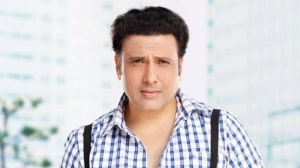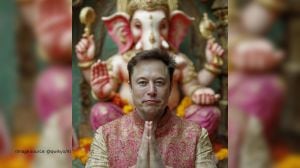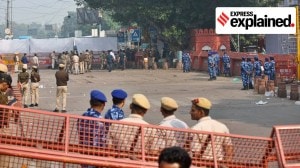Casting caste
The last time caste was listed as a category in the census exercise was in 1931. And one need not go all that way back to survey...
The last time caste was listed as a category in the census exercise was in 1931. And one need not go all that way back to survey the complications the government has just set up for itself by capitulating suddenly and agreeing to include caste identification in Census 2011. As John Henry Hutton,census commissioner in 1931,wrote later: Experience at this census has shown very clearly the difficulty of getting a correct return of caste and likewise the difficulty of interpreting it for census purposes. Last week Home Minister P. Chidambaram told Lok Sabha: The enumerator is not an investigator or verifier. There are for instance,he said,OBC (Other Backward Classes) lists at the Centre and the state,and they may be different; some states have these lists,some do not,and yet others have a subset of the most backward in this category. Also,just getting feedback from the enumerated on their caste identity would require a background understanding that is likely beyond the census 21 lakh enumerators.
That problem of verification is similar 80 years on,but the India of 1931 is long past,and the ways of seeking caste identification cannot be taken from long ago. In the intervening years an independent country gave itself a progressive Constitution,that resolutely resists the idea of its citizens being ranked by caste. India today must come to the idea of caste by another route. Of course,the reality of caste exists in too many places and too many ways. Mitigating that reality,however,requires dealing with the systemic inequality resulting from caste realities but without,in turn,perpetuating caste. The Constitution rightly identifies the Scheduled Castes separately; but in allowing for affirmative action for others,it speaks of other backward classes. Since the Mandal agitation opened up the politics of empowerment,that shorthand of caste as a marker for backwardness has been further nuanced. Groups listed at OBCs often defy the hierarchy of caste; the courts have laid down protocols for excluding the creamy layer; it is not just Hindus who are included; and the list is,in theory,updated periodically.
The point is,in modern India,must the state impose questions of caste identity on individuals? Is this task not better done through statistical endeavours,allowing an individual to opt in to avail of affirmative action on her own volition? These are among the questions the government must carefully consider,and be seen to be mindful about.





- 01
- 02
- 03
- 04
- 05


























